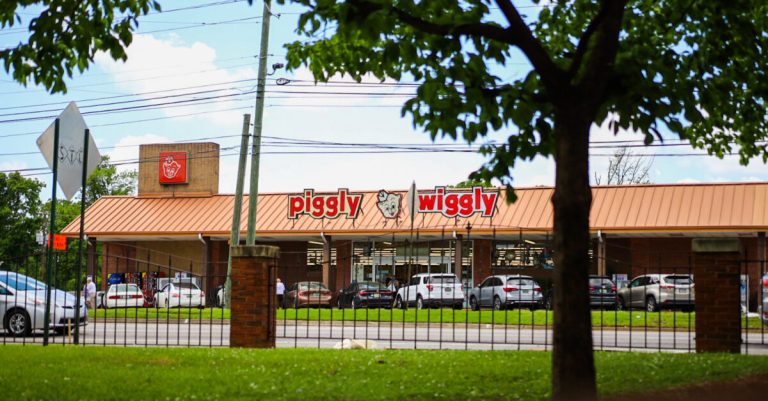Alabama Audubon is re-creating a “prairie meadow” for birds at Putnam Middle School
Reading time: 3 minutes

This past Saturday, Alabama Audubon and their partners at the Jones Valley Teaching Farm planted nearly 1500 native plants at the Audubon-Datnow Forest Preserve on the grounds of Birmingham’s W.E. Putnam Middle School.
Their goal? Turn a portion of the woodland preserve into a prairie meadow.
About 30 to 40 volunteers worked between 9:00am to 2:00pm, planting native plants and placing small orange flags where each seedling was planted.
A Haven for Birds and Education

Despite being surrounded by a Walmart, hotels, a retirement home, residential homes and commercial offices, W.E. Putnam School has become a haven for birds and environmental education.
In the back of the school, there is a Jones Valley Teaching Farm and the recently established Audubon-Datnow Forest Preserve.
According to Alabama Audubon (which is formerly Birmingham Audubon) Putnam’s ten acre footprint provides much-needed urban habitat for Red-tailed Hawks, Yellow-rumped Warblers, and climate-endangered Brown-headed Nuthatches.
From Binoculars to a Preserve

Alabama Audubon’s interest in Putnam began a few years ago when they gave a small grant to the school to purchase binoculars. That relationship blossomed into volunteer workdays and field trips with the school.
By removing invasive plants like Chinese privet and Bradford pear, Alabama Audubon opened up room for the school’s forest understory to regenerate.
As a result, the much-improved urban habitat has become a prime location to identify and learn about birds.
National Attention
The local Audubon chapter’s partnership with Putnam and the community caught the attention of the National Audubon Society. The school was featured in Audubon Magazine, a national publication, and there has been a video produced.
In addition to the national publicity, this past summer, the Audubon-Datnow Forest Preserve was dedicated at Putnam in honor of Alabama Audubon volunteer Claire Datnow, an educator and author who founded a trail and outdoor classroom during her tenure at the school in the 1990s.
What’s Next

Alabama Audubon will be holding additional work days and field trips throughout 2019-2020.

Meanwhile, in the coming months and years to come, a prairie meadow filled with native plants will be attracting nature lovers and birds alike.
Volunteers and Supporters Needed
Want to volunteer and support Alabama Audubon’s conservation efforts at W.E. Putnam Middle School?
Follow Alabama Audubon on social media about upcoming events and “bookmark” their website at alabamaaudubon.org for updates on this exciting project.



